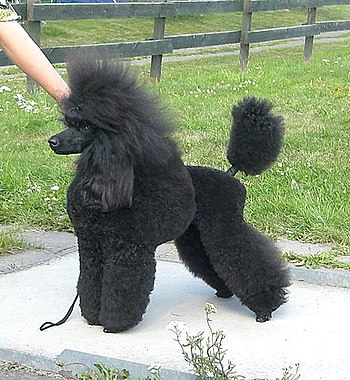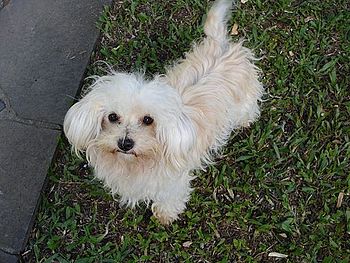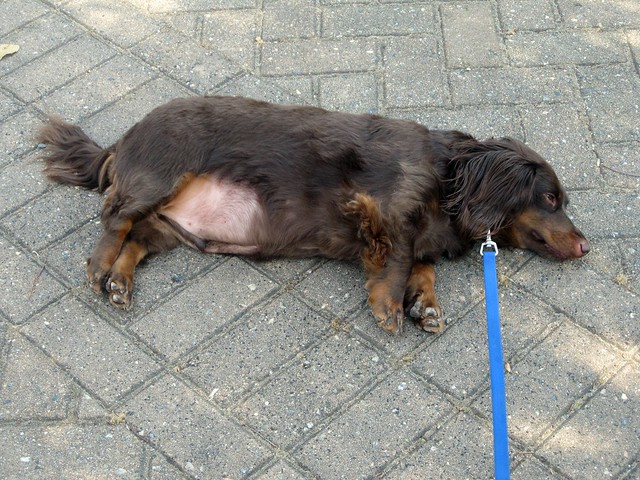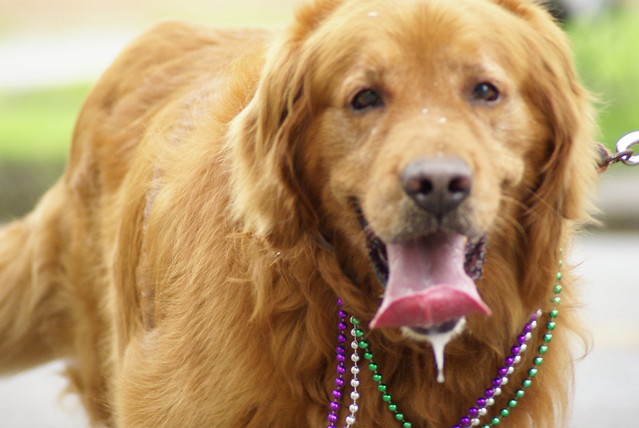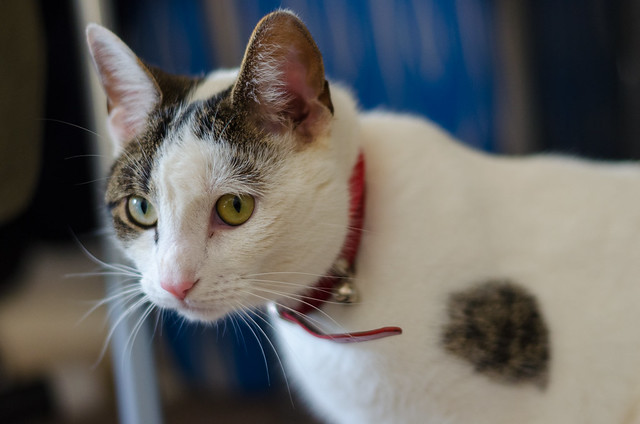 |
| Three-legged, orange tabby cat -- Truman. (Photo credit: Wikipedia) |
Cats and humans may not look much alike, but remember, both are mammals. Therefore, there are a number of diseases, disorders, and other medical conditions found in humans that are also found in cats. One such disease is diabetes. If you believe that your cat may have diabetes, it is important to talk to your cat's vet as soon as possible so that your cat can get the right medical treatment needed.
There are two types of diabetes in cats, just like in humans. Type 1 diabetes is caused by the insufficient production of insulin in the cat's body. Type 2 diabetes, on the other hand, is when a cat develops an intolerance for handling the insulin. In both cases, diabetes can develop in cats of any age, but it is more common for cats that are old, male, or obese. There is what is known as secondary diabetes as well, in which a drug or disease causes diabetes, sometimes forever and sometimes for a certain period of time.
When caring for your cat, there are symptoms you can see that point to your cat having diabetes. These symptoms include excess thirst, vomiting, loss of appetite, weakness, loss of weight, breathing abnormalities, and unhealthy skin and coat. Your vet can then test your cat's blood sugar levels and urine sugar levels. Both tests are needed, as temporary blood sugar levels may be high in cats that are stressed or nervous.
If your cat is diagnosed with diabetes, lifestyle changes are necessary to make sure that your cat's health is restored as much as possible. Diet is very important. Remember, your cat should only get enough food during a meal as is necessary. Cats typically need food the size of one large mouse to be content-more will cause weight problems. Not only is the amount of food important, but you should also be concerned with your cat's types of foods. Your vet can recommend specific cat food brands that are high in fiber and protein in order to control diabetes.
Insulin, oral medications, and supplements may also be necessary. Again, your vet can tell you what is needed, as well as show you how to administer treatment to your cat daily. It is important for you to monitor your cat's health to make sure that the diabetes is in control and that he or she is staying happy, healthy, and comfortable. Diabetes is not the end of the world, in either humans or cats.

